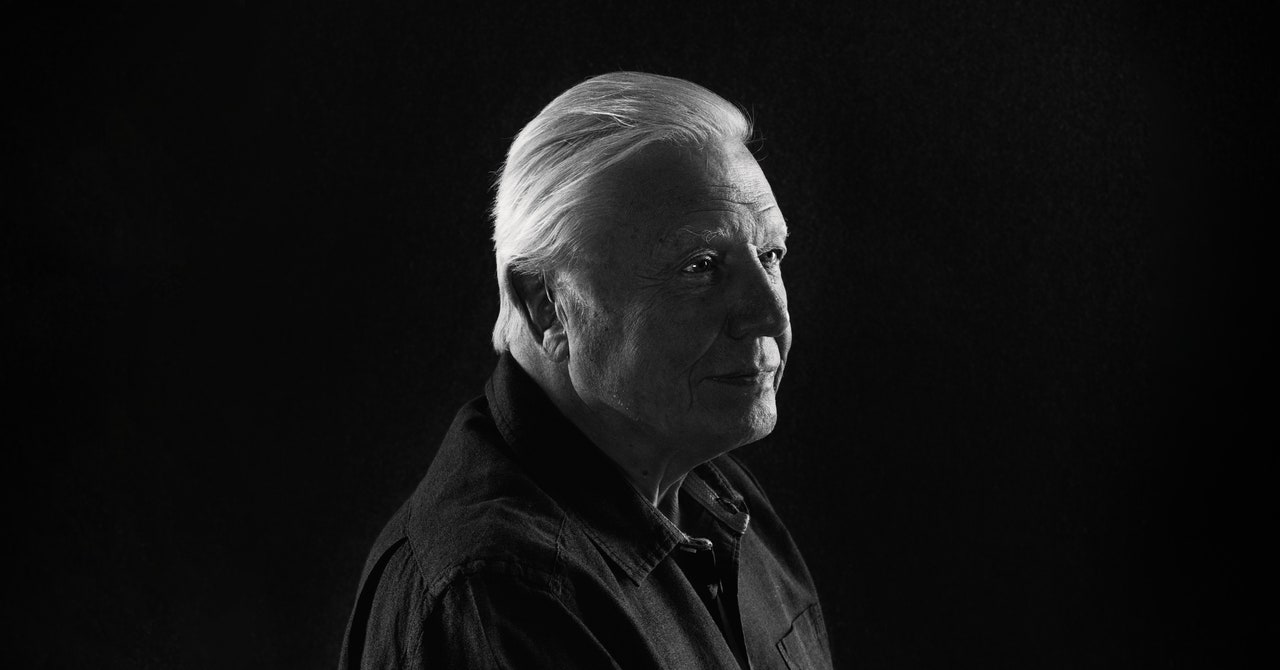
Right now, Field’s Otto robot is in a farmhouse in Devon belonging to Tim Shepherd, the quiet, precise enthusiast who pioneered time-lapse on The Private Life of Plants five years ago. He makes an odd pairing with Chris Field, whose arms are covered in tattoos of carnivorous plants, but the two of them set about helping Gunton achieve a brief that began as little more than a hunch.
“We wanted to cover plants in the Planet Earth series, so we went to Kew Gardens with a treatment full of things we wanted to capture plants doing like ‘fight,’ ‘think,’ ‘count,’ all animal-type words, and they were all in inverted commas,” Gunton says. “They said, great, but you can take all those inverted commas out. Plants do all of that, just in a different time frame. That’s been our mantra for The Green Planet—that the only difference between plants and animals is that they move on a different time frame.”
In order to capture this, they’re pushing technology from the simple to the surreal. Williams found a microscope in California that can film 10-micron-wide stomata—the minute openings in plant leaves and stems that allow carbon dioxide, oxygen, and water vapor to diffuse in and out of plant tissues, opening and closing to illustrate photosynthesis. And then there are drones.
The unit pioneered the use of drones in filming, deploying them in 2011’s Earthflight, a good year before the first movie, 2012’s Skyfall, used them to shoot James Bond in a motorbike chase across the rooftop of the Grand Bazaar in Istanbul. For some Green Planet shots, however, drones were prohibited due to local air traffic regulations, so Williams adapted a window-cleaning pole into a lightweight extendible boom called the Emu with the body of a broken drone at the end and a drone camera hanging underneath.
The real drone challenge for The Green Planet, says Gunton, was hacking people, not technology. “We used FPV drones, racing drones, which have a camera pointing forward,” he explains. “The pilots are like computer gamers and have these extraordinary assault courses where they have to fly crazy acrobatics. What we wanted them to do is use all that incredible dexterous skill to be able to operate those drones in the most incredibly micro-detailed way, but take the foot off the gas pedal.”
The result is footage that appears much the same as a sweeping drone shot in any big-budget movie or TV program, showing events that take hours flying by at apparently normal speed. For the real “red in tooth and claw” stuff, however, time-lapse cameras were the only option. Williams, Field, and the unit engineers set about hacking the Otto robot, eventually coming up with the Triffid, which uses the same technology Field created attached to an extendible ladder known as a slider. At full extension, the Triffid stands 2.1 meters high, but can quickly swoop down to ground level. Williams then spent more time on kickstarter sites and came across a 24-mm probe lens—slim enough to enter an insect-sized hole.


